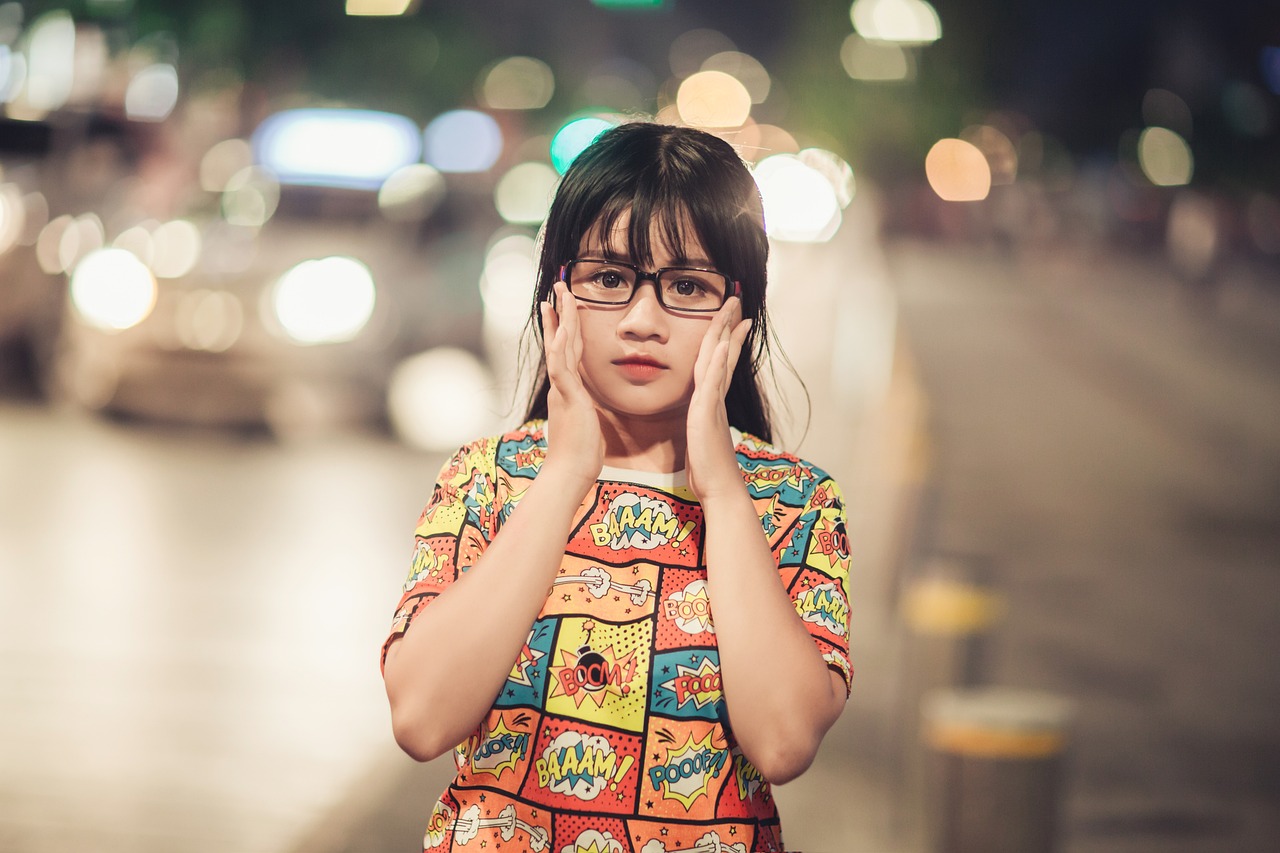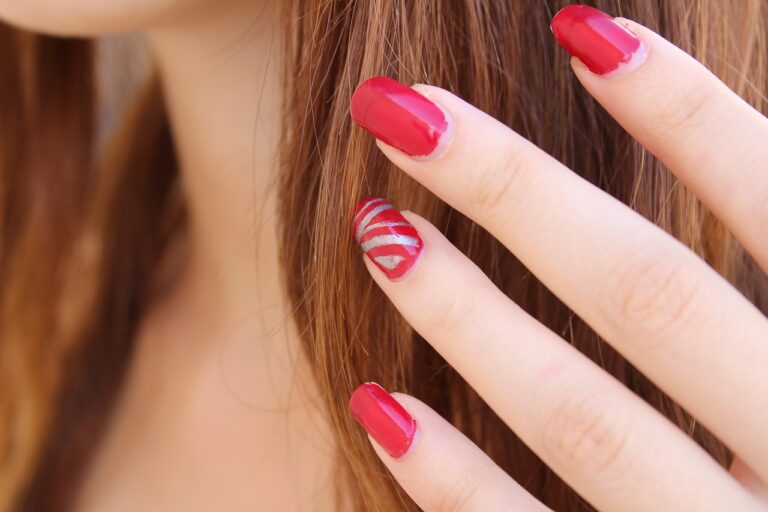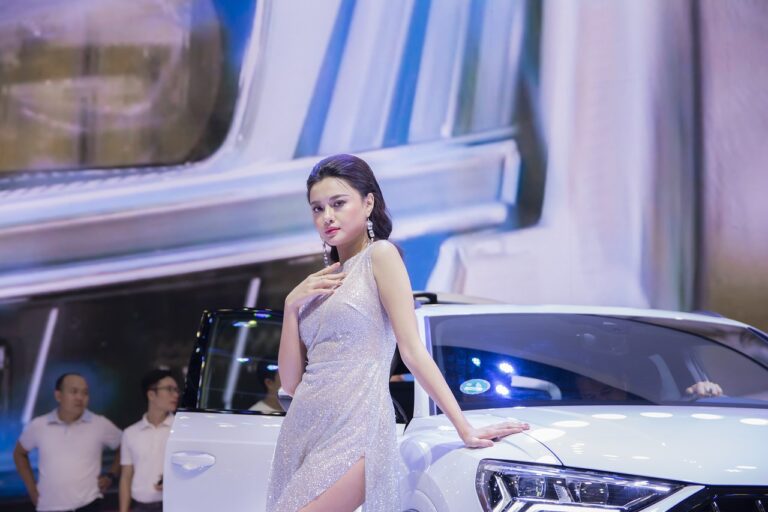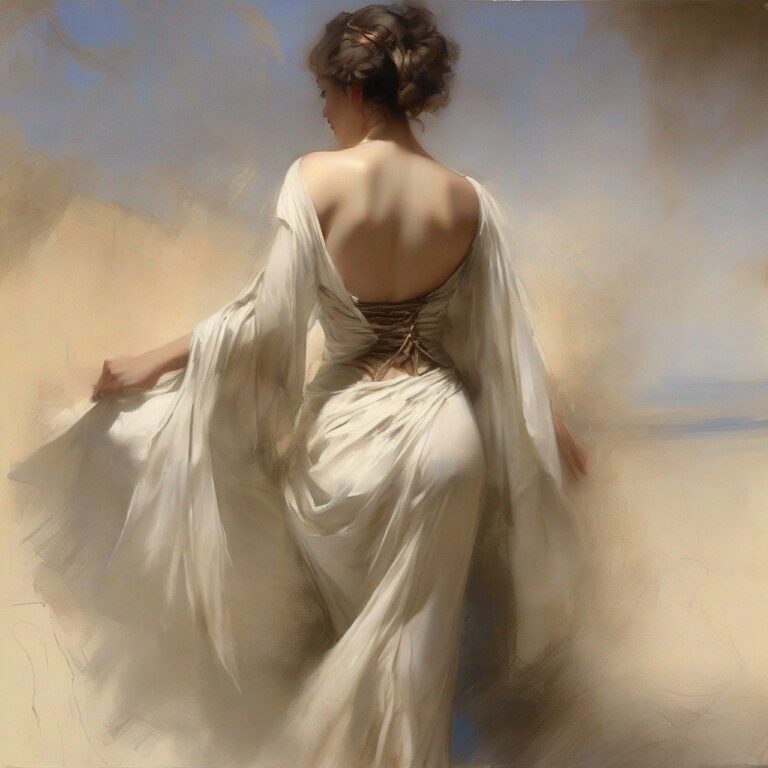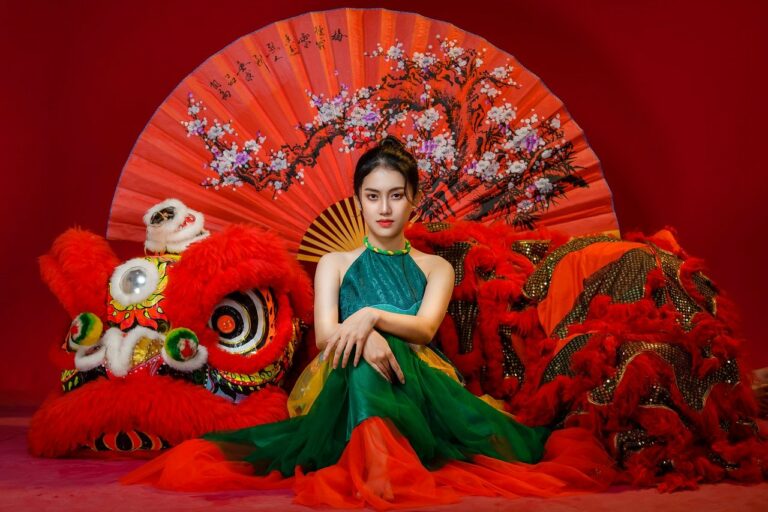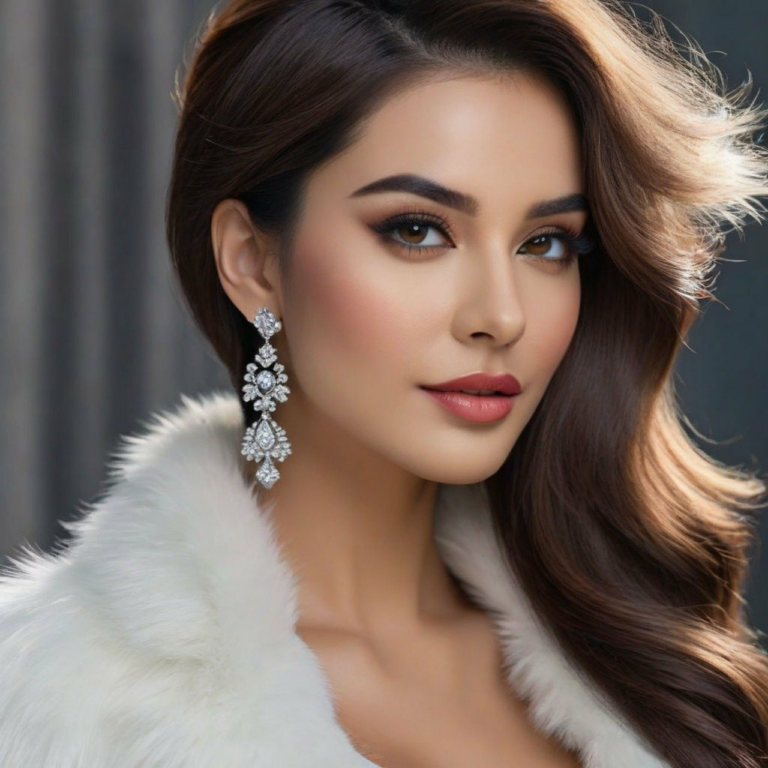Formal Wear Fashion in Historical Paintings: Interpretations of Elegance
cricketbets999.com login, 11xplay reddy login, betbhai 9.com:Have you ever looked at historical paintings and been in awe of the intricate details and elegance of the formal wear depicted? Formal wear fashion in historical paintings offers a fascinating glimpse into the styles and trends of past eras. From luxurious fabrics to elaborate designs, these paintings showcase the height of elegance and sophistication in clothing.
Interpretations of Elegance in Historical Paintings
1. The Renaissance Era: Paintings from the Renaissance era often depict men and women in elaborate formal wear. Women wore elaborate gowns with intricate embroidery and lace detailing, while men donned tailored suits with ruffled shirts and velvet jackets.
2. Baroque Period: In the Baroque period, formal wear became even more extravagant. Women wore voluminous skirts with intricate patterns, while men sported elaborate coats with embroidered designs. Accessories such as lace collars and cuffs were also popular during this time.
3. Rococo Style: The Rococo style of the 18th century was characterized by its lightness and elegance. Women wore delicate pastel-colored dresses with ruffles and bows, while men opted for embroidered waistcoats and silk stockings.
4. Victorian Era: The Victorian era saw a return to more structured and conservative formal wear. Women wore full-length gowns with high necklines and long sleeves, while men sported tailored suits with top hats and cravats.
5. Art Deco Period: The Art Deco period of the 1920s and 1930s brought a more modern and streamlined look to formal wear. Women wore sleek, figure-hugging dresses with geometric patterns, while men sported sharp suits with narrow lapels and slim ties.
6. Modern Interpretations: Today, designers continue to draw inspiration from historical formal wear fashion. Elements such as lace, embroidery, and ruffles are often incorporated into modern designs, giving a nod to the elegance of the past.
FAQs
Q: How did social standing influence formal wear in historical paintings?
A: Social standing played a significant role in determining the style and quality of formal wear depicted in historical paintings. Wealthy individuals often wore elaborate and luxurious garments to showcase their status, while those of lower social standing wore simpler and more modest attire.
Q: Were historical formal wear designs practical?
A: While some historical formal wear designs may seem extravagant and impractical by today’s standards, they were a reflection of the social norms and customs of the time. The elaborate detailing and luxurious fabrics were a way for individuals to display their wealth and status.
Q: Can modern fashion designers draw inspiration from historical formal wear?
A: Absolutely! Many modern fashion designers look to historical formal wear for inspiration when creating new collections. Elements such as silhouettes, fabrics, and embellishments from the past can be reinterpreted in a modern context to create unique and stylish designs.
In conclusion, formal wear fashion in historical paintings offers a window into the elegance and sophistication of past eras. From the opulence of the Renaissance to the streamlined designs of the Art Deco period, these paintings showcase the beauty and craftsmanship of formal wear throughout history. Whether it’s a lavish gown or a tailored suit, formal wear has always been a symbol of style and grace.

